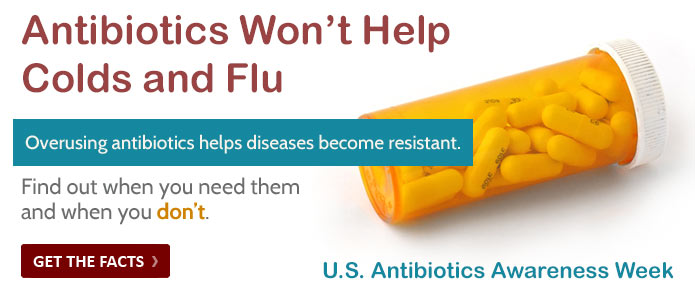I have no family history of breast cancer. Am I at risk?
Yes, every woman is at risk, regardless of family history. There are many risk factors that have contributed to more women being diagnosed with breast cancer. Most breast cancers aren't inherited – only about 5% to 10%. This means there are many things you can do to lower your risk of being diagnosed with breast cancer. Talk with a health care provider about your risk for breast cancer and the best screening plan for you.
I dread the thought of having cancer. I don't think that I could face it.
A certain amount of fear is normal, but you are not alone. We are here to support you. Four out of five breast lumps are benign.
Why should I have a mammogram now?
A mammogram, which is a screening procedure, is the best way to detect breast cancer early. It may allow location of a mass before it is large enough to be felt or cause symptoms.
What steps should I take to help in early detection of breast cancer?
Three simple steps:
- Practice monthly breast self-examination. Your health care provider will train you. You should report any changes such as a bloody or pus-like discharge from a nipple, dimpling, or a lump to your doctor or health care provider.
- See a physician, community health center, or county health department for a breast exam.
- If you are 40 or older, have a mammogram now, and follow up annually. Your doctor will refer you for a mammogram. If he or she does not suggest it, you should request it.
Why is a mammogram important?
Although breast cancer screening cannot prevent breast cancer, it can help detect potential cancer early, when it is easier to treat. Talk to your doctor about which breast cancer screening test is indicated for you, and when you should have it performed.
Money is tight, and I can't afford a lot of doctor bills.
Most health insurance plans are required to cover mammograms every one to two years for women beginning at 40 years of age, with no out-of-pocket cost (such as a co-pay, deductible, or co-insurance). You can get screened for breast cancer at a clinic, hospital or doctor's office. If you want to be screened for breast cancer, call your health care provider's office. They can help you schedule an appointment. CDC's National Breast and Cervical Cancer Early Detection Program works with health departments and other groups to provide low-cost or free mammograms to women who qualify Contact MSDH's Breast and Cervical Cancer Program to see whether you qualify. 1-800-721-7222
Although I have no signs of anything abnormal, should I have a Pap test for cancer of the cervix?
Abnormal cells can develop and grow in cervical tissue without any signs or symptoms. A Pap test can detect pre-cancerous conditions early, while treatment can be most effective.
What is a Pap test?
A Pap test is a simple procedure performed by a healthcare provider to collect cells from your cervix . The cells are sent to a lab for microscopic screening to determine whether they are normal or abnormal. If they are abnormal, some form of treatment will most likely be recommended.
Who needs a Pap test?
Women ages 21 through 64 should have a Pap test every 1 to 3 years. Some women over 60 years of age need to continue getting a Pap smear, based on their clinical and sexual history.
Why should I have a Pap test?
Because pre-cancerous conditions can be detected early, improving your chances for early treatment and cure.
More Information
Other web pages and sites
- About cervical cancer testing and Pap tests
- About vaccination against cervical cancer
- BreastCancer.org
- Susan G. Komen Breast Cancer Foundation
Getting a mammogram and a Pap test
See your physician or community health center, or ask your county health department where you can get Breast and Cervical Cancer services. You may qualify for financial assistance. Call the MSDH Breast and Cervical Cancer Program at 1-800-721-7222 to find out.

